The Ultimate Sales Blueprint: Strategies for Success
In this comprehensive guide, we delve into the essential components of effective sales strategies as outlined by Alex Hormozi. From optimizing your selling schedule to mastering follow-ups, this blog will equip you with actionable insights to enhance your sales performance and ultimately drive revenue growth.
Introduction to Sales Multipliers
Sales multipliers are powerful strategies that can significantly enhance your revenue. These methods leverage time, accessibility, and responsiveness to maximize your sales potential. By implementing these multipliers effectively, you can transform your sales approach and drive substantial growth.
Understanding Sales Multipliers
At their core, sales multipliers are tactics designed to amplify your sales efforts. They include strategies like extending your sales hours, improving lead response times, and optimizing appointment scheduling. Each multiplier contributes to a more efficient sales process, ultimately leading to higher conversion rates.
Why Sales Multipliers Matter
- Increased Availability: By selling seven days a week, you tap into a broader customer base.
- Improved Lead Management: Quick responses to leads enhance customer satisfaction and increase the likelihood of closing sales.
- Optimized Scheduling: Flexible scheduling options cater to your prospects' availability, making it easier for them to connect with you.

The Importance of Selling Seven Days a Week
One of the most impactful sales multipliers is the decision to sell seven days a week. Many businesses limit their operating hours to traditional weekdays, missing out on significant sales opportunities. By extending your selling days, you can reach customers when they are most available.
Why Weekends Are Key
For industries like retail and services, weekends often represent peak shopping times. Customers who work standard hours are more likely to engage with your business during these off-peak times. This means that you could potentially close more sales by simply being available when your customers are ready to buy.
- Increased Sales Days: Selling on weekends adds approximately 104 more sales days each year.
- Higher Show-Up Rates: Appointments scheduled on weekends often yield better attendance rates, as they align with customer availability.

Responding to Leads Promptly
Another critical multiplier is the speed at which you respond to leads. Research shows that contacting a lead within 60 seconds significantly increases your chances of closing the sale. This urgency not only improves your close rates but also enhances the customer experience.
Statistics You Can't Ignore
- 391% Increase: Responding within one minute boosts your likelihood of closing a sale by nearly four times.
- 50% of Prospects: Half of all prospects choose the business that responds first, underscoring the importance of quick follow-up.
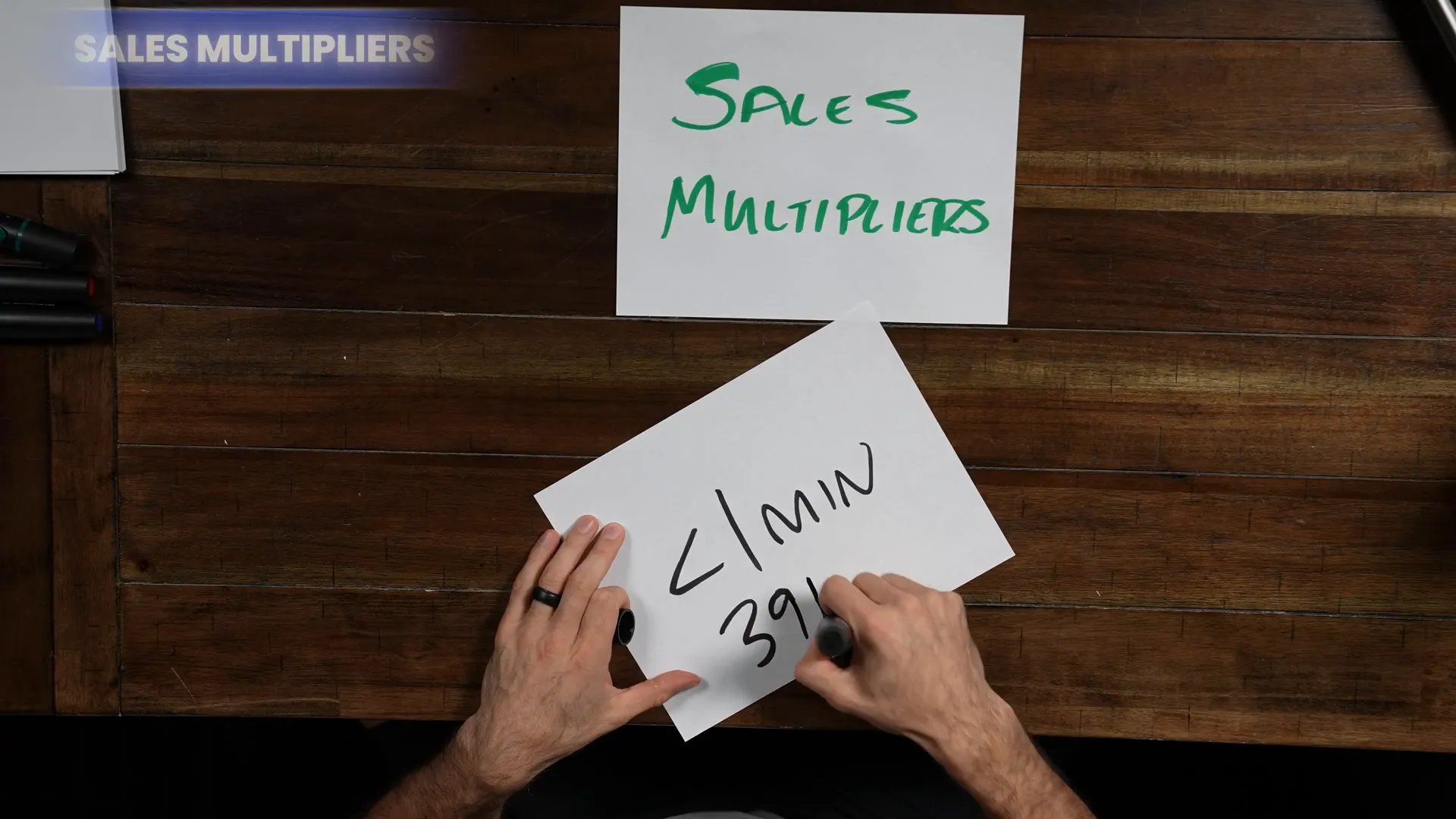
Implementing Fast Response Strategies
To capitalize on this multiplier, establish clear processes for lead follow-up. Consider using automated systems to ensure immediate outreach. The quicker you respond, the more likely you are to convert that lead into a sale.
Utilizing Scheduling Options Effectively
Effective scheduling can make or break your sales efforts. By creating a user-friendly scheduling system, you can facilitate easier bookings for your customers. This approach not only improves customer satisfaction but also increases your appointment rates.
Designing an Optimal Schedule
Consider offering 15-minute appointment slots instead of traditional hour-long ones. This flexibility allows prospects to book at their convenience, leading to higher show-up rates. Moreover, it gives your sales team the opportunity to fill gaps in their schedules more efficiently.
- Convenience: Shorter slots often align better with customer schedules.
- Utilization: More frequent appointments keep your sales team engaged and productive.
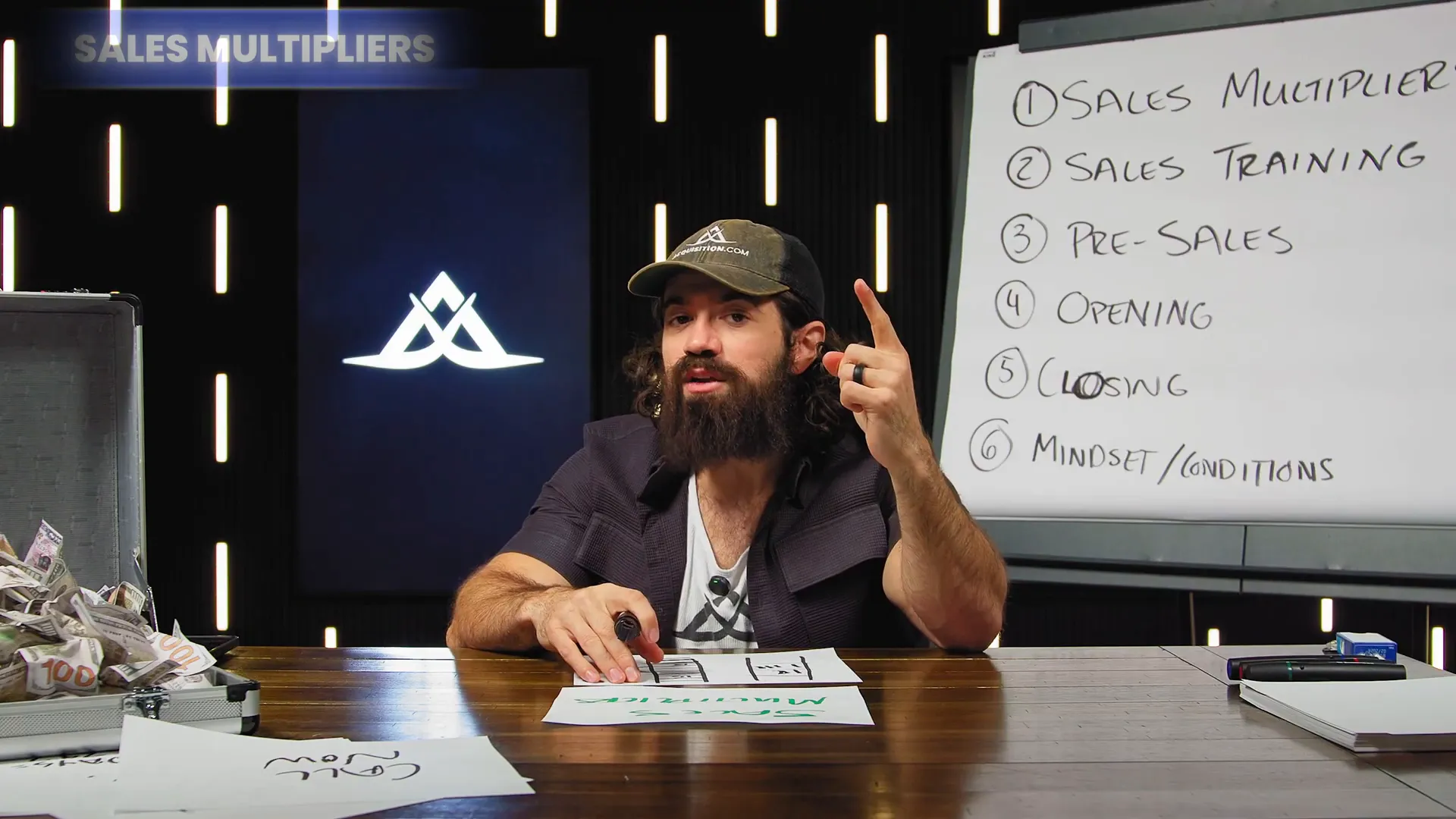
The Role of Time Slots in Appointments
Time slots play a crucial role in managing your sales calendar. By thoughtfully structuring your availability, you can optimize both booking rates and show-up rates. This requires not just the right number of slots but also an understanding of your customers' preferences.
Maximizing Appointment Efficiency
- Flexible Appointment Windows: Allowing customers to choose from a variety of time slots can reduce friction in the booking process.
- Off-the-Call Procedures: Implementing a standard operating procedure for off-call times ensures that your sales team remains productive, even when they aren’t on the phone.

Leveraging the Strengths of Your Sales Team
Your sales team is your most valuable asset. By effectively leveraging their strengths, you can enhance your overall sales performance. This involves strategically assigning leads based on each salesperson's capabilities and expertise.
Feeding the Killers
In sales, the best leads should go to your best closers. This practice minimizes waste and maximizes the chances of conversion. Assigning leads based on performance not only boosts morale but also ensures that your most skilled closers are working on leads they can convert effectively.
- Maximized Efficiency: Directing high-quality leads to top performers can lead to higher overall sales.
- Strategic Assignments: Ensure that lower-quality leads are handled by those who may need more experience, allowing your top performers to focus on high-value opportunities.

Increasing Show-Up Rates
Show-up rates are pivotal in the sales process. The higher the show-up rate, the more opportunities there are to close sales. To significantly enhance show-up rates, implement a structured reminder system that combines automated and manual reminders. This dual approach ensures that prospects remain engaged and committed to their appointments.
Effective Reminder Strategies
- Automated Reminders: Schedule automated reminders 24 hours before the appointment. These should be friendly and informative, ensuring the prospect feels prepared.
- Personalized Follow-Ups: A manual reminder should follow up on the automated message. This can be a simple message confirming the appointment and expressing excitement. Personal touches, like mentioning specific details about the prospect’s needs, can make a significant impact.
- Last-Minute Check-Ins: Send a reminder one hour before the appointment. This is the final nudge that can help the prospect remember and prioritize the meeting.

Logistics and Scheduling
Another critical factor in improving show-up rates is how you schedule appointments. Opt for same-day or next-day appointments to increase immediacy. This tactic keeps prospects engaged while also simplifying their decision-making process.
- Higher Engagement: Prospects are more likely to attend appointments that are scheduled soon after their initial inquiry.
- More Opportunities: With a higher number of same-day appointments, your team can capitalize on fresh leads, increasing the chances of closing deals.

Sales Training: Key Components
Sales training is essential for developing a high-performing sales team. A well-structured training program encompasses various components, including daily huddles, role-playing, and gamified learning experiences. These elements work together to build confidence and competence in sales representatives.
Daily Huddles
Daily huddles serve as an opportunity for team members to share insights and challenges. During these sessions, focus on specific skills and strategies to enhance performance. The key to a successful huddle is to create a safe space for team members to practice and receive feedback.

Role Playing for Real-World Scenarios
Role-playing exercises are one of the most effective training methods. They provide a simulated environment where sales reps can practice their pitches and objection handling. During these sessions, it’s crucial to give immediate feedback to reinforce learning and ensure retention.
- Feedback Loop: Provide one piece of feedback at a time to avoid overwhelming participants.
- Continuous Practice: Encourage repetition of successful techniques until they become second nature.
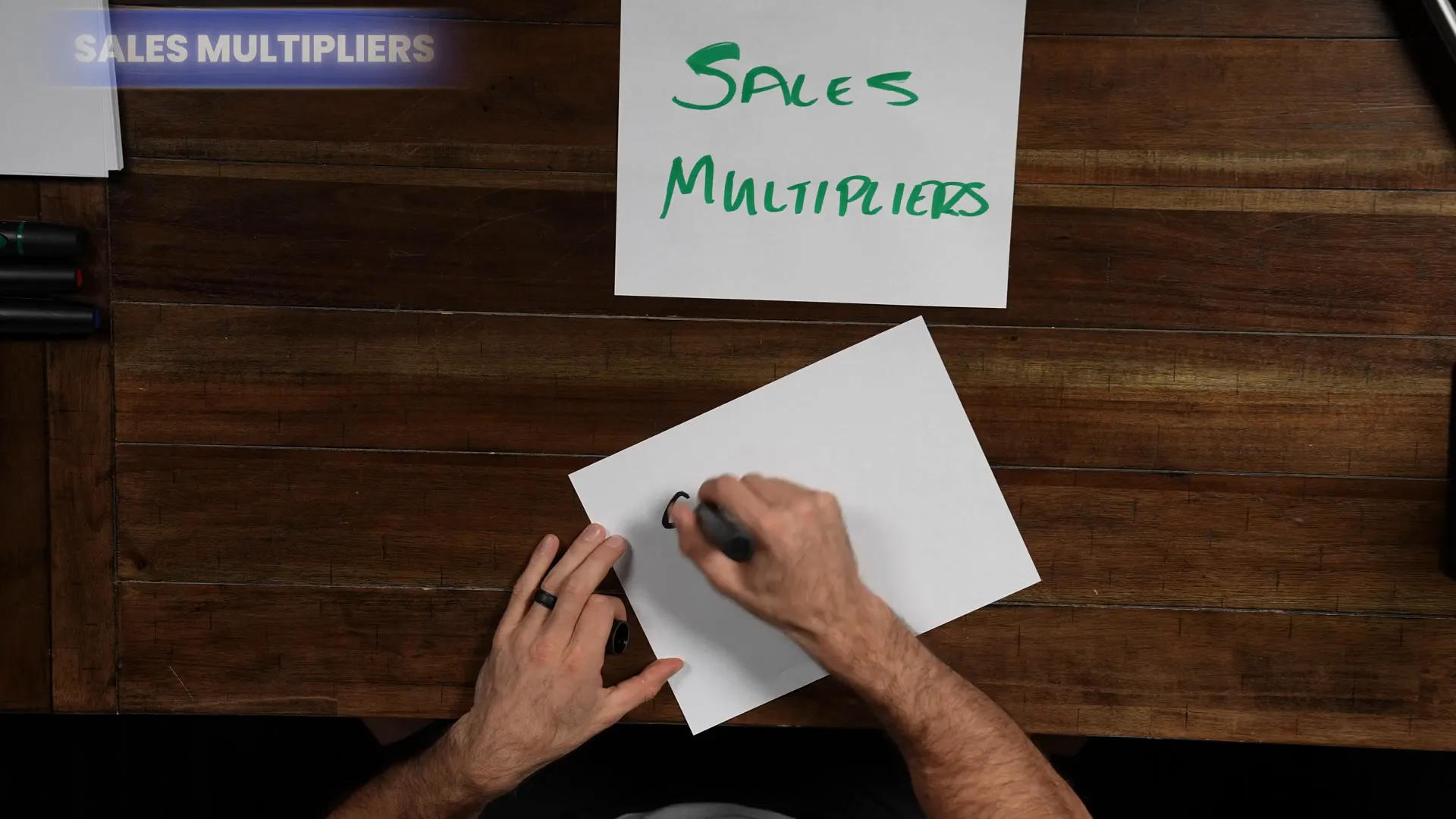
Daily Huddles and Role Playing
Daily huddles and role-playing are interconnected strategies that reinforce learning and collaboration. By incorporating both into your training program, you can foster a culture of continuous improvement within your sales team.
Fostering Team Collaboration
Encouraging team members to share their experiences during daily huddles can lead to valuable insights. This collaborative approach helps identify common obstacles and successful strategies that can be replicated across the team.
- Peer Learning: Team members can learn from one another’s successes and mistakes, enhancing overall performance.
- Building Trust: Regular huddles cultivate a supportive environment where sales reps feel comfortable sharing their challenges.

The Importance of Script Adherence
Adhering to a well-structured sales script is crucial for maintaining consistency and effectiveness in sales calls. A script provides a roadmap that guides sales representatives through the conversation while ensuring they cover all necessary points.
Benefits of Script Adherence
- Consistency: Scripts help maintain a consistent message across the team, ensuring that all prospects receive the same quality of information.
- Efficiency: A structured approach reduces the chances of missing key points, leading to more effective calls.
- Confidence: Sales reps who follow a script often feel more confident, as they have a clear guide to follow during conversations.

Understanding the Sales Process
A deep understanding of the sales process is essential for any sales team. Each stage of the process plays a critical role in converting leads into customers. By mastering these stages, sales representatives can navigate conversations more effectively.
Key Stages of the Sales Process
- Lead Generation: Identifying and attracting potential customers through various marketing efforts.
- Qualification: Assessing leads to determine their suitability and readiness to purchase.
- Presentation: Delivering a compelling sales pitch that addresses the prospect’s needs and pain points.
- Closing: Successfully finalizing the sale by overcoming objections and securing commitment from the prospect.
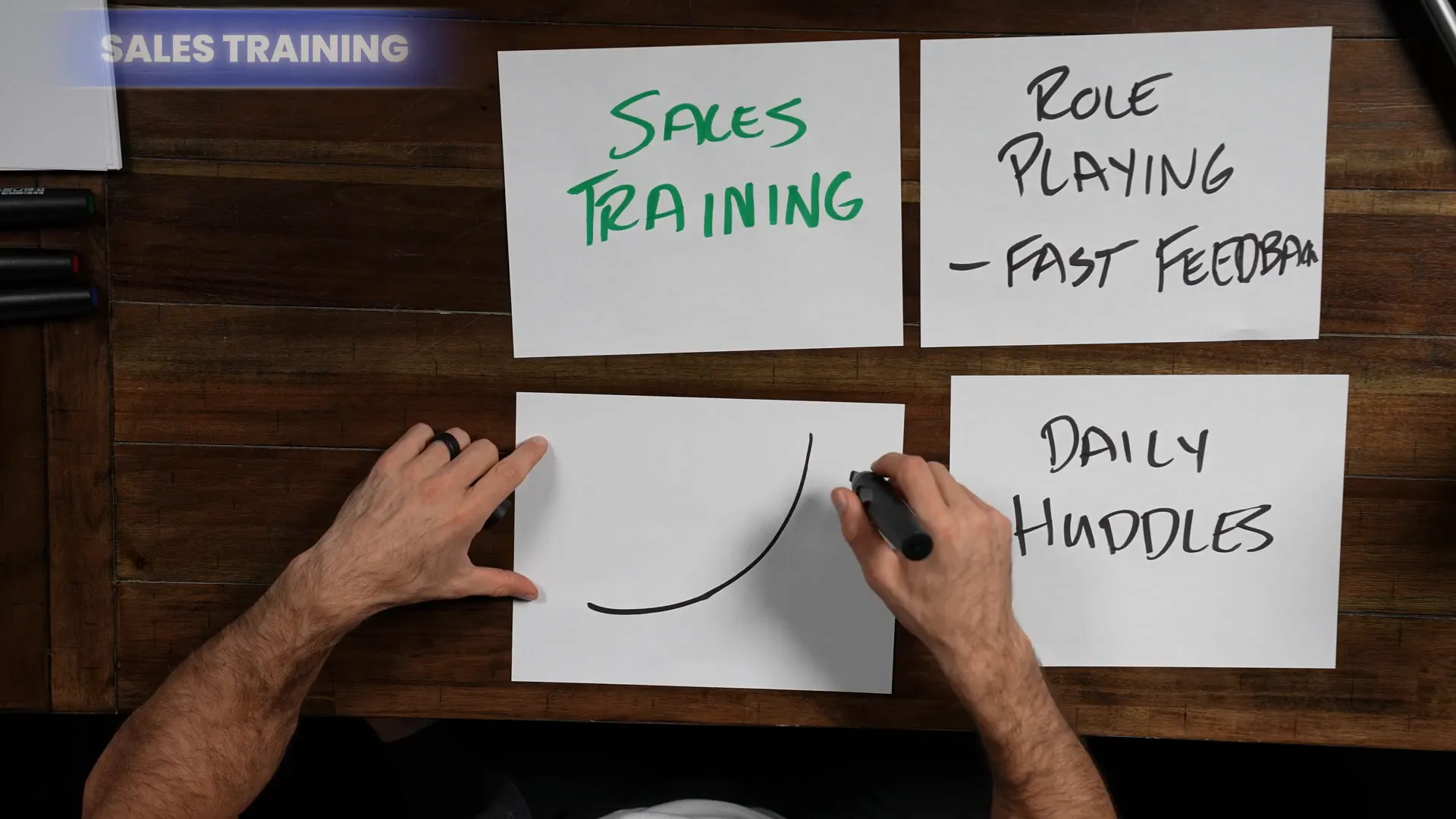
Closing Techniques: The Closer Framework
Closing techniques are the final piece of the sales puzzle. The Closer Framework provides a structured approach to closing deals effectively. Understanding and applying this framework can significantly increase a salesperson's success rate.
Components of the Closer Framework
- Establishing Trust: Building rapport and credibility with the prospect is essential for successful closing.
- Identifying Needs: Genuinely understanding the prospect's needs allows for tailored solutions that resonate.
- Overcoming Objections: Addressing concerns and objections head-on fosters confidence in the proposed solution.
- Asking for the Sale: Finally, confidently asking for the sale is crucial. It signifies that you believe in the value of what you’re offering.
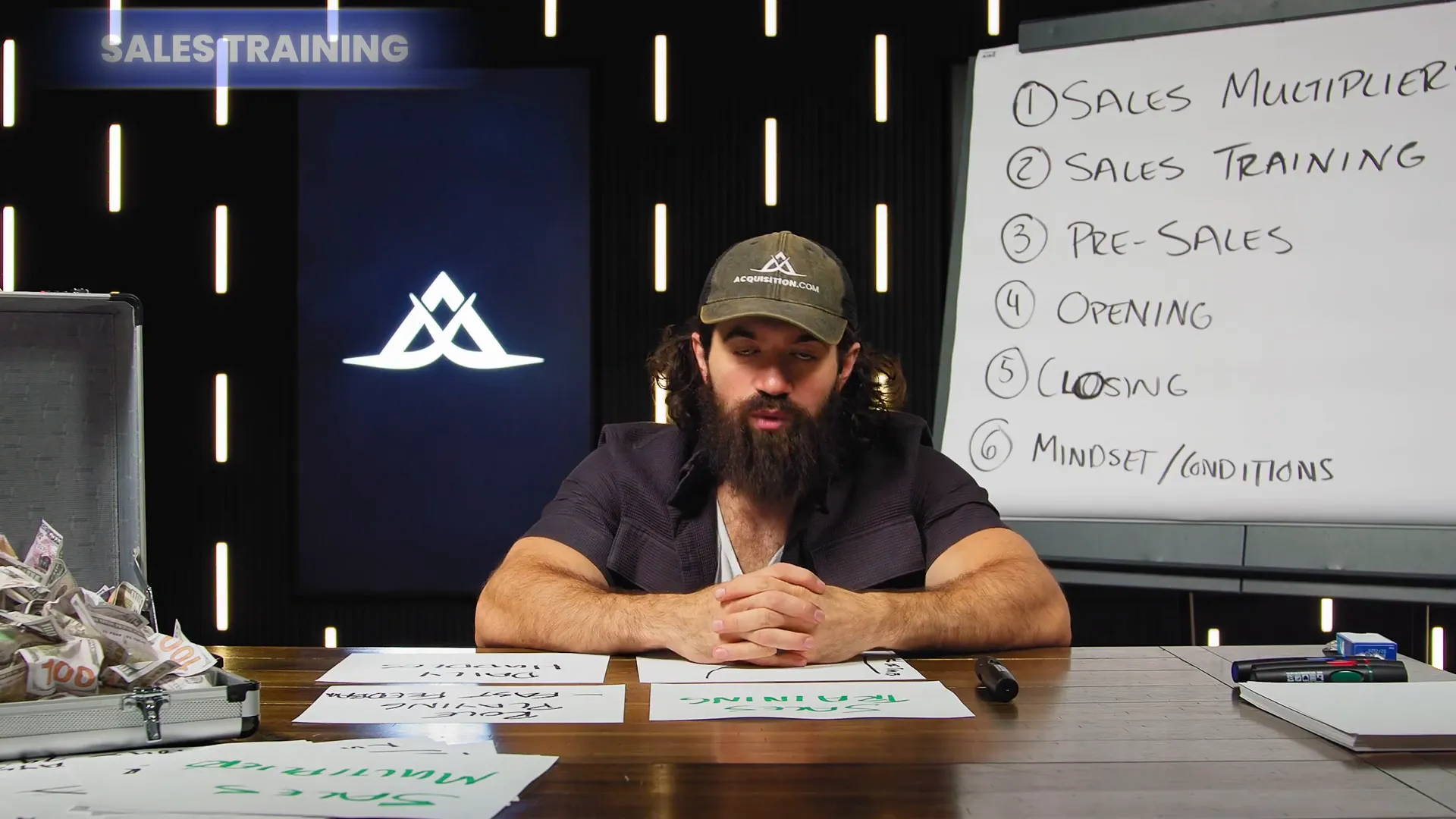
Handling Objections Effectively
In sales, objections are not the end of the road; they're an opportunity for deeper engagement. Understanding how to effectively handle objections can significantly enhance your closing rate. The key is to view objections as valuable feedback rather than a rejection.
Understanding Common Objections
Common objections often revolve around budget, authority, need, and timing. These objections can be addressed effectively by employing strategic questioning and active listening. For instance, if a prospect states, "I need to think about it," it’s essential to dig deeper.
- Acknowledge the Objection: Begin by restating their concern to show you are listening. For example, “I understand that you need more time to consider your options.”
- Ask Probing Questions: Follow up with questions that uncover the underlying issues. Ask, “What specifically are you unsure about?” or “What information would help you make a decision today?”
- Provide Reassurance: Once you identify their concerns, provide reassurance. If they’re worried about the price, highlight the value and ROI they can expect by choosing your solution.
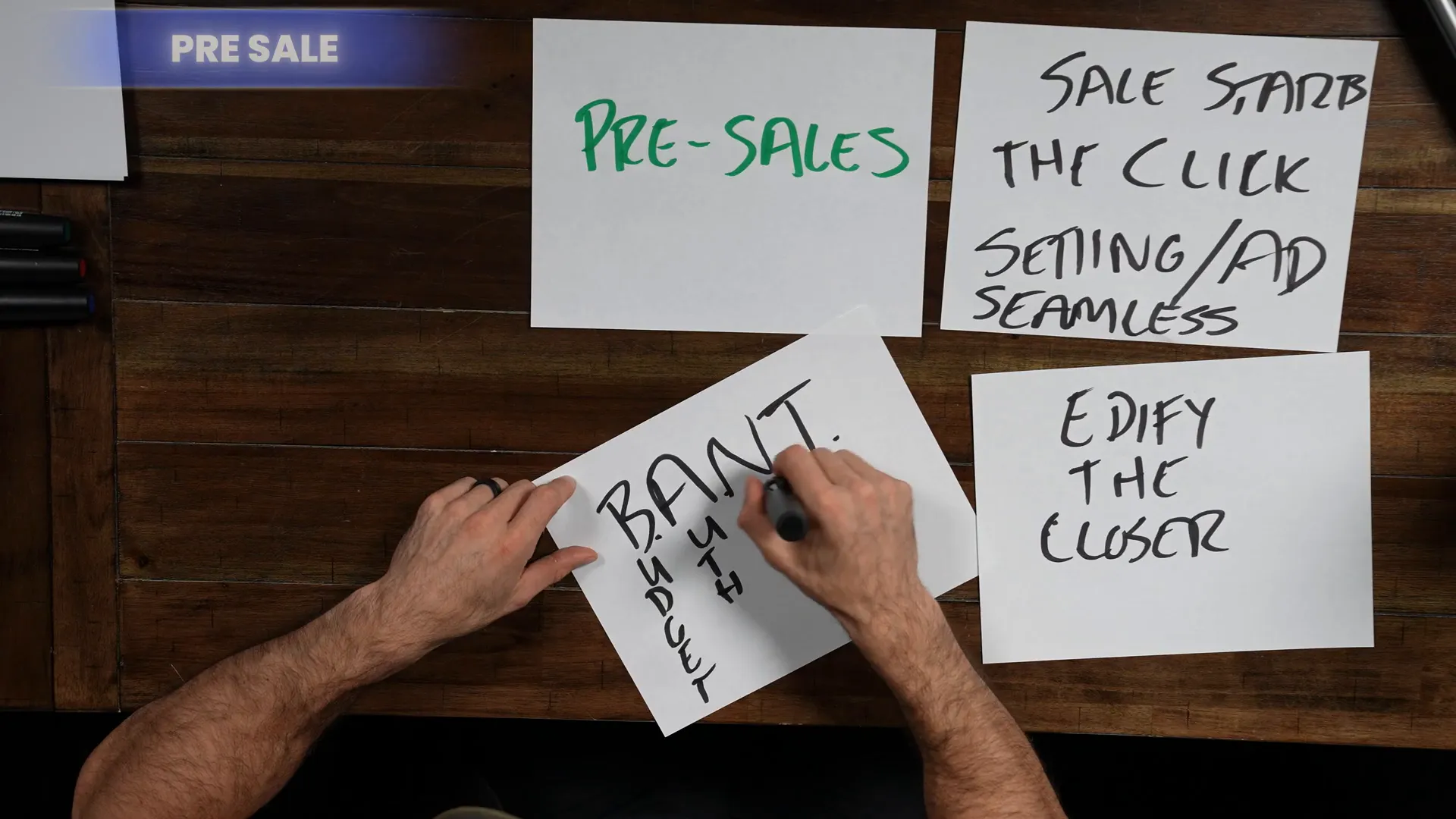
Using the AAA Method
The AAA method consists of acknowledging, associating, and asking. This framework helps to build rapport while simultaneously addressing objections:
- Acknowledge: Repeat back their concern to show understanding.
- Associate: Relate their concern to a positive outcome experienced by other clients.
- Ask: Transition into a question that keeps the dialogue flowing, like “What would make you feel more comfortable moving forward today?”

Post-Sale Reinforcement and Handoffs
Closing a sale is just the beginning. Effective post-sale reinforcement ensures that the customer feels good about their decision and reduces buyer's remorse. This phase is crucial for customer retention and satisfaction.
The Importance of a Seamless Handoff
Once the sale is closed, the transition to customer success should be seamless. Introduce the customer to their onboarding representative promptly. This creates a sense of continuity and builds trust.
- Personalized Introductions: “John, I’d like to introduce you to Sarah, who will be your point of contact moving forward. She’s here to ensure you achieve your goals.”
- Reinforce the Decision: Remind the customer of the benefits they’ll receive and the problems you’ll help them solve, reinforcing their decision to buy.
- Set Expectations: Clearly outline what the next steps will be, including timelines and deliverables. This clarity helps to maintain excitement and engagement.
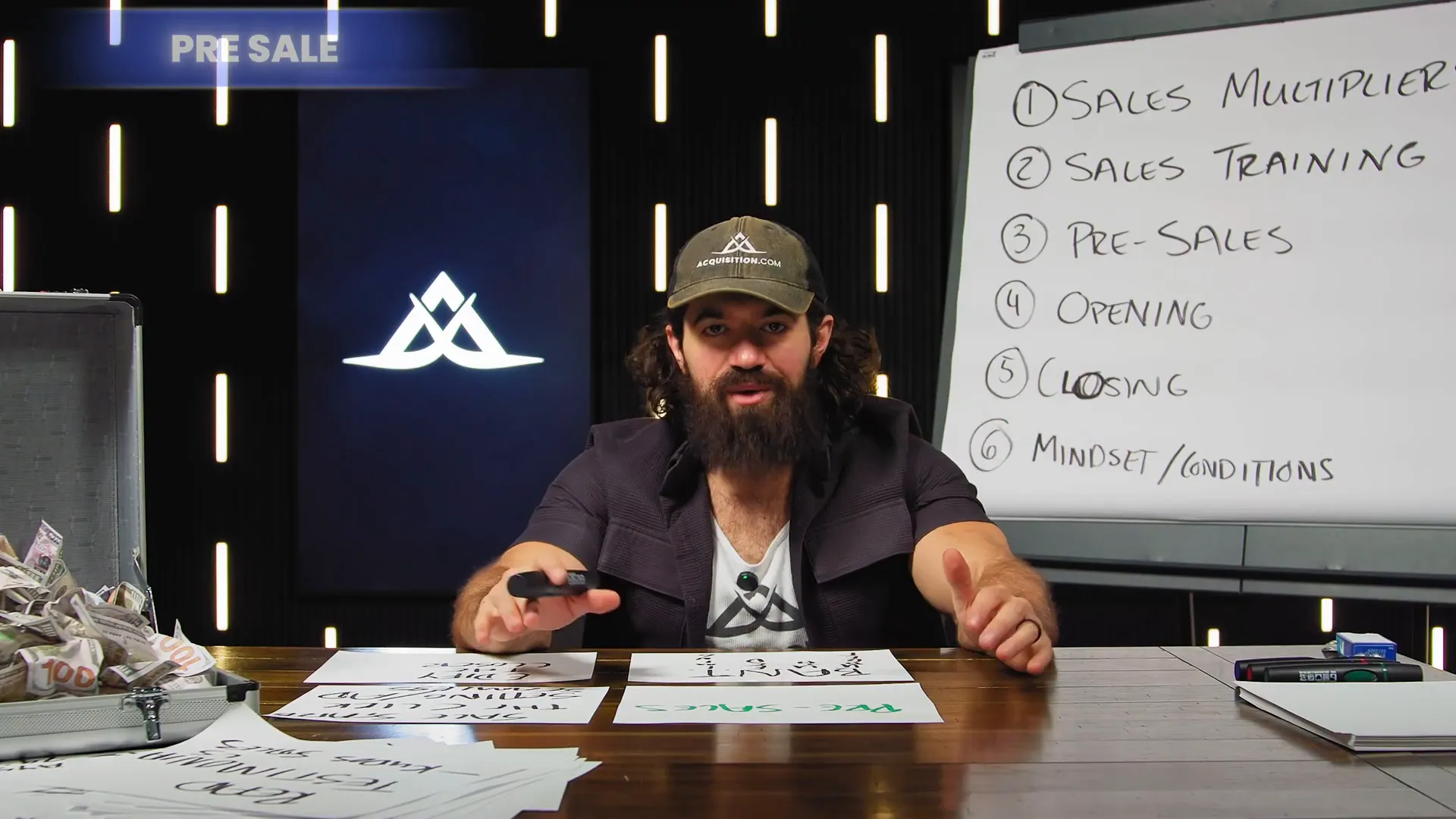
Sales Mindset and Behavioral Changes
Adopting the right sales mindset is essential for long-term success. A strong mindset not only influences how you approach each sale but also shapes the overall culture of your sales team.
Key Mindset Shifts
- Focus on the Customer: Always prioritize the customer's needs over your desire to close a sale. This approach fosters trust and rapport.
- Persistence is Key: Understand that rejection is part of the process. Each “no” brings you closer to a “yes.”
- Continuous Learning: Embrace every interaction as a learning opportunity. Reflect on what went well and what could be improved.

The Long-Term View on Sales Success
Sales success should be viewed through a long-term lens. While closing deals is important, building lasting relationships with customers is paramount.
Building Relationships
Focus on creating value for your customers well beyond the initial sale. This involves regular check-ins, providing valuable content, and being a resource for them.
- Follow-Up: Schedule regular follow-ups to see how they are doing and if they have any new needs.
- Provide Ongoing Value: Share articles, insights, or resources that can help them in their business or personal goals.
- Solicit Feedback: Ask for their feedback on your product or service. This not only helps improve your offering but also shows that you value their opinion.

Conclusion: Your Path to Sales Mastery
Mastering sales is a journey that requires dedication, practice, and the right mindset. By effectively handling objections, ensuring smooth post-sale transitions, and focusing on long-term relationships, you can elevate your sales game.
Utilizing tools like GFunnel can streamline your sales process and enhance your ability to engage with prospects effectively. Remember, sales is not just about closing; it's about building relationships and providing value. Stay committed to your growth, and the results will follow.
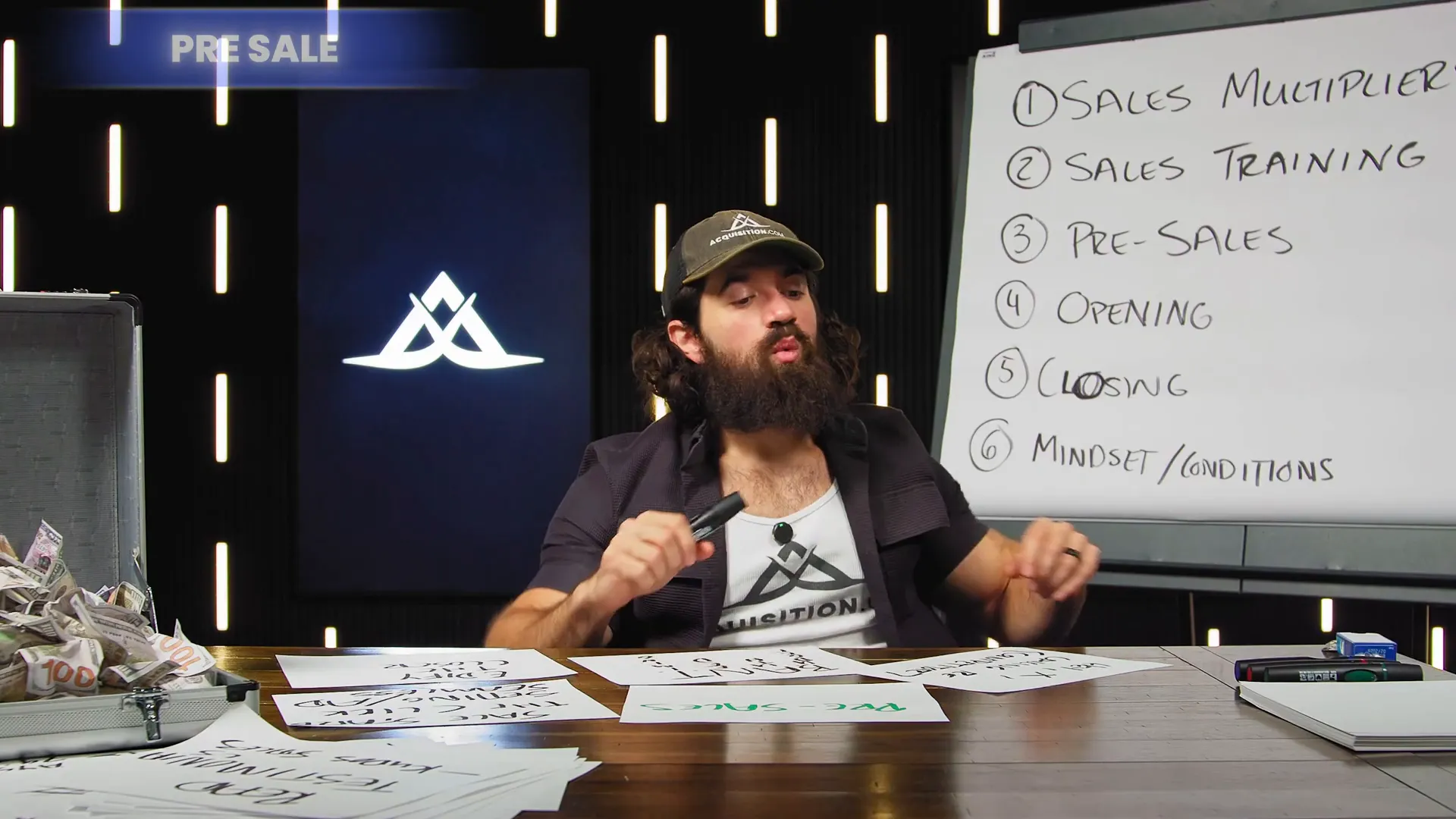
Made with VideoToBlog